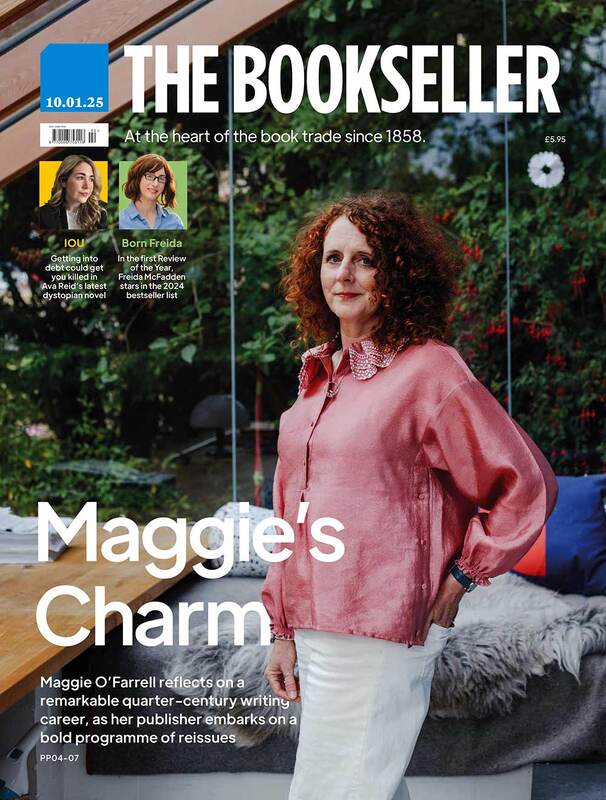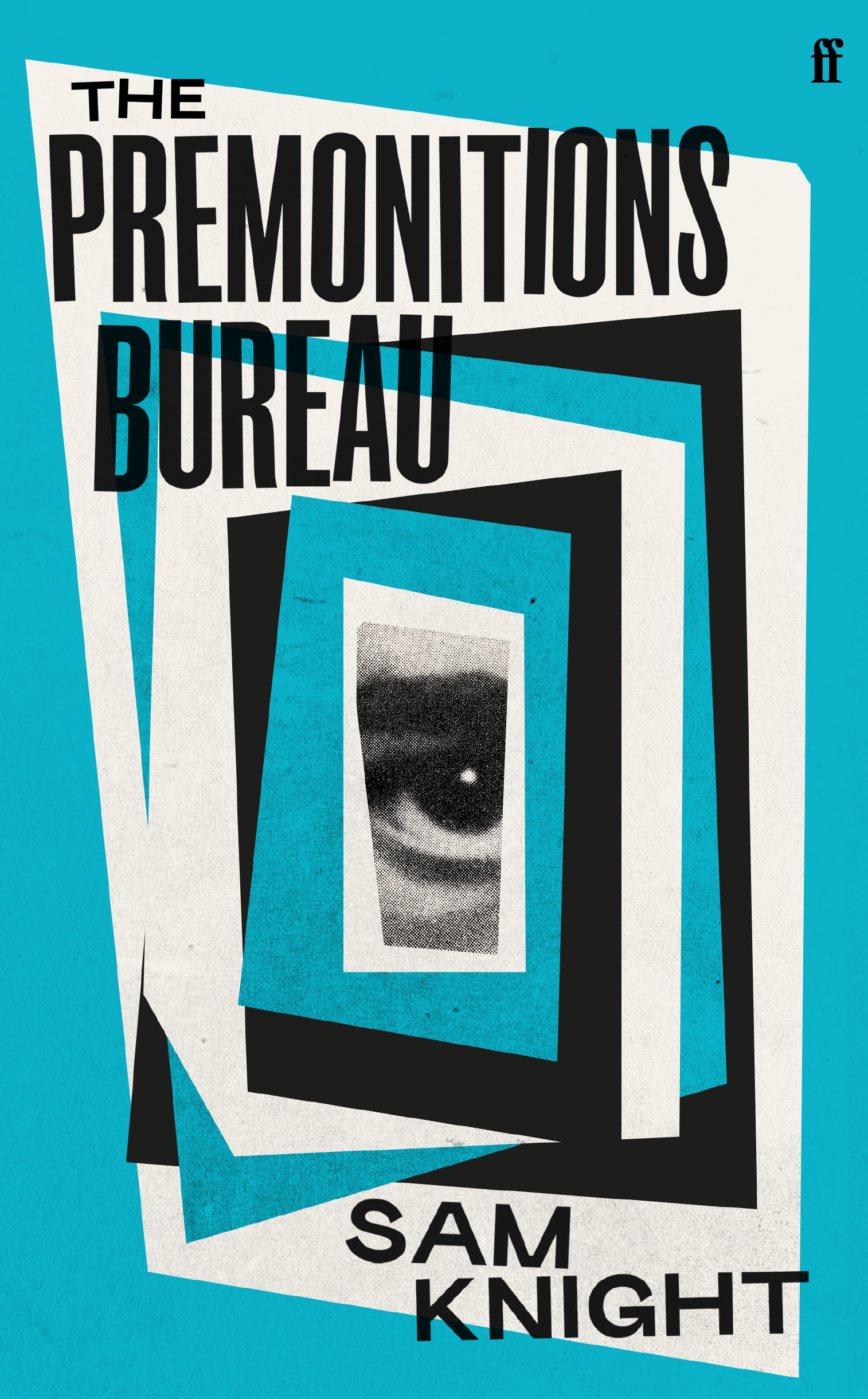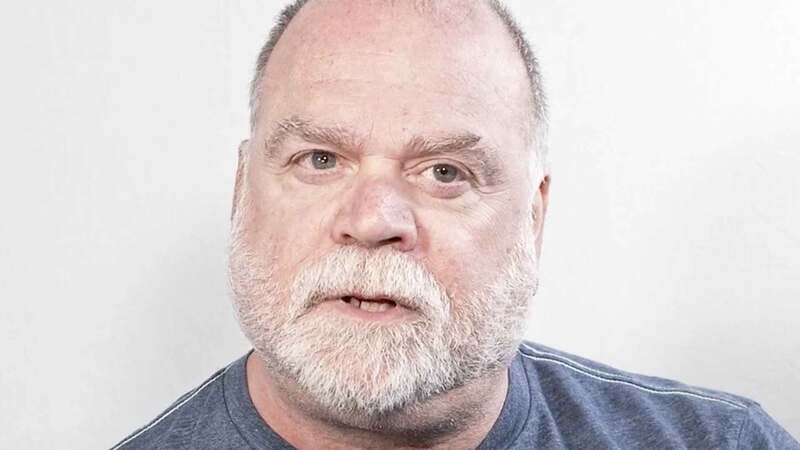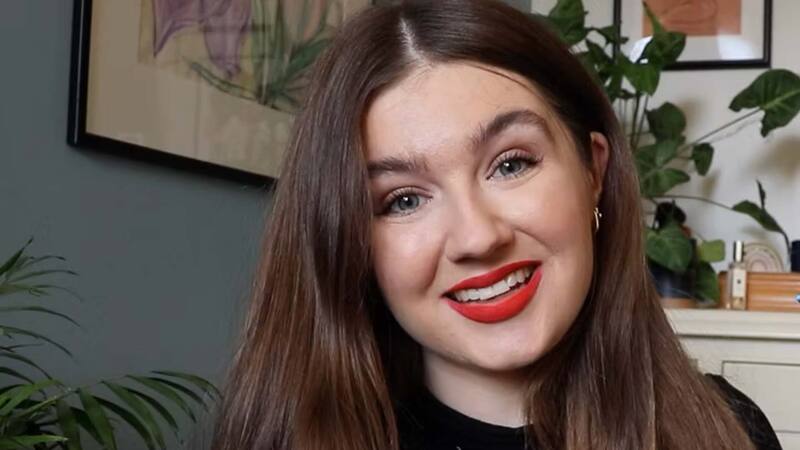You are viewing your 1 free article this month. Login to read more articles.
Sam Knight and his premonitory non-fiction debut
 Caroline Sanderson
Caroline SandersonCaroline Sanderson is a non-fiction writer, editor and books journalist. Her books include a travel narrative, A Rambling Fancy: in the F ...more
Journalist Sam Knight has written an enthralling account about a 1960s study of people’s ability to predict the future

Caroline Sanderson is a non-fiction writer, editor and books journalist. Her books include a travel narrative, A Rambling Fancy: in the F ...more
"Premonitions are impossible, and they come true all the time.” Such is the oxymoronic premise for The Premonitions Bureau: A True Story, an enthralling account of a 1960s investigation into the powers of ordinary people who appeared to predict the future. Blending history, psychology and popular science, and with a slug of mind, body and spirit, this true story is so skilfully told by Sam Knight—an award-winning London-based journalist for the New Yorker—that it bends your mind as you read it. And it wouldn’t be outlandish to predict big things for this non-fiction début. The Premonitions Bureau went to Faber after a “heated auction”; while the screen rights were acquired after a 19-way auction by Archer Gray’s Anne Carey—the US independent producer behind such films as “Can You Ever Forgive Me?”—with backing from Amazon.
The Premonitions Bureau was established in 1967 by a psychiatrist named John Barker who was fascinated by the paranormal. Discovering that premonitions of doom had been experienced by people before the Aberfan colliery disaster of 1966 in which 144 people—including 116 children—died, he was moved to gather the strangely percipient testimonies of people across the country, in the hope that such forebodings might help the world prevent similar disasters. The then science editor of the Evening Standard, a charismatic man named Paul Fairley—who later went on to present ITV’s coverage of the Apollo 11 moon landings—helped publicise the experiment in the paper, and soon hundreds of people were writing in with their stories.
Among them were two apparently gifted “seers”: a Post Office employee named Alan Hencher and Miss Lorna Middleton, a North London teacher of music and dancing and a character so wonderful that Sam Knight chose to open the book with her back story. Over the following 18 months, both Hencher and Middleton appeared, with uncanny accuracy, to predict plane and train crashes, a tragedy in space, and even an assassination. And then one of them informed Barker that he himself was about to die.
We move through the world, predicting and making patterns, in order to try and figure out what’s going to happen next
Knight and I meet for our interview at the British Library—appropriately given that it was here that he first unearthed this extraordinary story. “I was interested in prophecy and premonitions, so I ordered up a lot of books and came across a couple of paragraphs describing The Premonitions Bureau as a kind of zany experiment run by a guy who I assumed at first was a crank. But when I looked him up I discovered that he wasn’t at all. John Barker was a Cambridge-educated doctor, the deputy superintendent of a large mental hospital in Shropshire, who had published in the Lancet and the British Medical Journal. The 1960s was a real time of change in mental health treatment, and Barker was a progressive figure within the field of psychiatry; he took the locks off the doors in the asylum where he worked, he was into community care, and he hired staff from different racial backgrounds.” In another book, from the 1970s, The Riddle of the Future by Andrew Mackenzie, Knight discovered another compelling character, Paul Fairley’s assistant Jennifer Preston who was responsible for gathering all the testimonies sent into The Premonitions Bureau. And then, at the archive of The Society for Psychical Research in Cambridge University Library, Knight pulled out a brown manilla envelope. Untouched for years, it contained a memo written by John Barker himself, and entitled “Some Interesting Predictions and a Possible Death Sentence”.
It all added up to an irresistible subject for Knight who studied history at Cambridge, then journalism at Columbia University in New York, a course which led him to specialise in long-form journalism. His CV now encompasses writing for Prospect, GQ, the Financial Times and Harper’s US, and he is also the author of the Guardian’s most read “long read” of all time: a 2017 piece entitled “London Bridge is Down”, about the secret plan for the days following the death of the Queen. Part of his New Yorker brief involves explaining British life to an international audience, as well as pursuing other subjects that grab him. His article about The Premonitions Bureau was published in the New Yorker in 2019 by which time he had decided that he also wanted to write a book. The fact that the article—which formed the basis of Knight’s book proposal —was respectful in tone helped convince John Barker’s four children to co-operate on the book. “I owe them a huge debt”, Knight tells me. “Before my piece they didn’t know anything about their father’s research but after it was published they dutifully went into their attics and basements and pulled out amazing things: postcards and memos and letters and lots of photographs.” Paul Fairley’s children also lent their help and support and after some detective work, Knight also managed to track down the children of Jennifer Preston. Photographs reproduced by permission of their families are among 30 images interspersed throughout the book.
I’ve written quite a few stories about people who are obsessional or eccentric in some way. I object to them being described as ‘quirky’—my least favourite word—because it diminishes them
The Premonitions Bureau was written during lockdown, at a time when Knight and his wife were not only home-schooling their two elder children, but also wrangling newborn twins. “I tried to write the book as I would a short story,” says Knight who tells me he generally reads more fiction than non-fiction. At just over 200 pages and covering a period of only 18 months, it could be read in a single sitting. Though I found it spooky at first because it took me right back to my own adolescent preoccupation with the paranormal, it is actually the lack of dramatic “Twilight Zone”-type speculation in Knight’s factual retelling of The Premonitions Bureau story that makes this book so successful, because it leaves readers free to decide what is really going on. He also weaves in nuggets from philosophy and psychology, references to Socrates, Freud and Jung, and the “nocebo” effect (when a negative expectation of a treatment by a patient causes it to have a more negative effect than it otherwise would have), alongside episodes from the long history of our human appetite for “prophets…who can see round the next corner”.
Knight inserts himself into the narrative only once, in the extract which appears alongside this interview. Does he himself believe in signs and portents? “The short answer is no. But in the course of my career, I’ve written quite a few stories about people who are obsessional or eccentric in some way. I object to them being described as ‘quirky’—my least favourite word—because it diminishes them. So I wanted to write about all the people in this book in the round. Miss Middleton is quite literally a cat lady. But she’s also this fascinating person who lived an amazing life”.
Extract
How do you account for the role of chance in your own life? When we were getting married, my wife and I chose the symbol of two magpies, for joy, to put on our invitations.
We became quite focused on magpies and reported our sightings to each other. My wife was also pregnant. Early one morning, a few weeks before our wedding, heady with chores and expectations for the life that we were making, we looked out of our bedroom window and there were three magpies, for a girl, hopping about in the garden.
We never asked for a test to confirm the sex of our daughter because we felt we had already been informed. It can be very difficult, even in the moment that something noticeable is happening, to separate an event from the meaning that we choose to give it.
The Premonitions Bureau asks pertinent questions about the extent to which our penchant for “predicting rather than merely perceiving” can colour our lives, and sway the choices that we make. But the story packs some deep ironies too, not least the fact that the enquiry into the Aberfan disaster showed that it was entirely preventable, not by listening to premonitions and portents but if National Coal Board procedures had been in place for monitoring the safety of waste tips. “How did we not see it coming?”, says Knight. “But that’s what’s so interesting. We move through the world, predicting and making patterns, in order to try and figure out what’s going to happen next. So it’s entirely human to crave visions of the future”.









